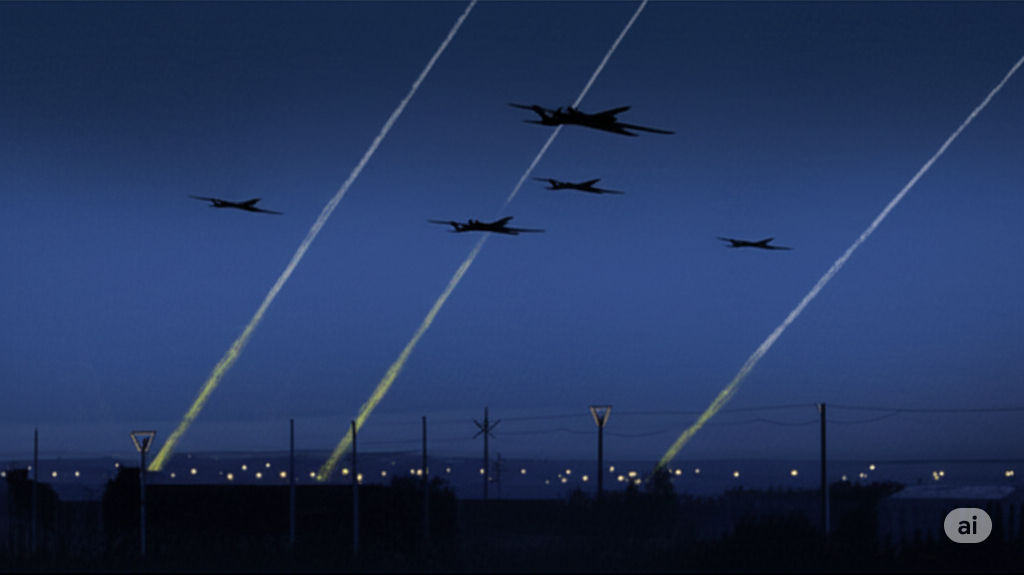Overnight, Ukraine faced a massive drone attack. Learn about the scale of this aerial assault and Kyiv’s defense efforts. Stay informed on the ongoing conflict.
The night sky over Ukraine became a battleground as Russia launched a significant aerial assault, deploying a staggering number of unmanned aerial vehicles. Reports from Kyiv indicate that Ukrainian air defenses were heavily engaged, working to intercept the incoming wave. This latest incident underscores the continued intensity of the conflict and the evolving tactics being employed.
Scale of the Drone Attack
The sheer volume of drones launched in this single overnight attack is noteworthy. While specific details are still emerging, the reported figure highlights a clear strategy aimed at overwhelming Ukraine’s defensive capabilities. This kind of large-scale deployment raises concerns about the strain on resources and the potential for drones to penetrate defenses simply through sheer numbers. For American readers, it’s a stark reminder of the resources and coordination involved in defending airspace, a concept familiar given our own extensive security measures.
Ukraine’s Defense Efforts
Despite the scale of the attack, Kyiv has claimed a significant rate of interception. This suggests that Ukraine’s air defense systems, likely a combination of different technologies and strategies, are actively working to counter the threat. The ability to intercept a majority of incoming drones is a testament to the training and effectiveness of their defense forces, as well as the capabilities of the equipment they possess. It’s a situation that many in the U.S. can appreciate, given our nation’s investment in sophisticated defense technologies.
Implications of Continued Drone Warfare
The increasing use of drones in this conflict has several important implications:
- Asymmetric Warfare: Drones offer a potentially cost-effective way for an attacking force to inflict damage and pressure the adversary, even without traditional ground offensives.
- Strain on Defenses: Constant drone attacks can put a significant strain on air defense systems, requiring a steady supply of interceptor missiles and continuous vigilance from personnel.
- Civilian Impact: Even if many drones are intercepted, those that get through can pose a direct threat to civilian infrastructure and lives, creating a climate of fear and uncertainty.
- Technological Advancement: The ongoing conflict is likely driving innovation in both drone technology and counter-drone measures, with lessons learned on both sides.
What This Means for the International Community
For the United States and its allies, these developments are closely watched. The effectiveness of different defense strategies against large-scale drone attacks is of particular interest. Understanding the evolving tactics and technologies employed in this conflict can inform future defense planning and support for allies facing similar threats. The situation also highlights the ongoing need for diplomatic efforts to de-escalate the conflict and find a path towards a peaceful resolution. The human cost and the geopolitical implications of such intense and sustained conflict are significant and resonate far beyond the immediate region.











